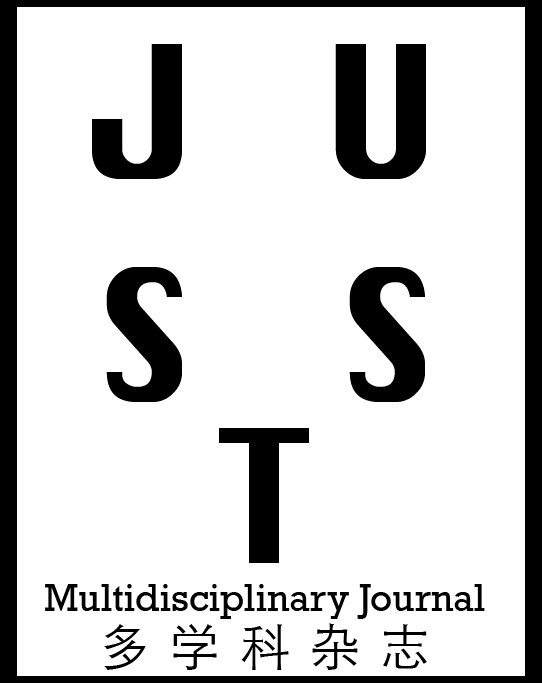Nikhil Rai, Keshav Kumar Jha
Department of Mechanical Engineering , KCC Institute of Technology and Management , Gr. Noida, UP, India.
Experiment of Input Parameters on Abrasive Water Jet Machining
Authors
Abstract
This analysis looks at the impact of modifying the coarse water jet wounding limitations on the disorder of the work piece’s superficial layer. Air Jet for Abrasiveness The aerospace industry mostly uses machining to remove high-métier components and additional composites. The majority of his uses are in the machining of a gas turbines, engines, spacecraft, atomic reactors, and pumps, among other things. Rough waterjet machining is a new machining technique in which materials a is removed by abrasion. A high-velocity watercourse of abrasive subdivisions combined through purified water is directed at the work superficial. The current research focuses on the experimental investigation and assessment of abrasive H2O jet machining procedure using reaction surface technique to assess the technical factors influencing the machining efficiency of CFRP laminate. Kerf candle, delamination, material elimination rate, and superficial roughness were found to be affected by standoff coldness, feedstuff rate, and jet strain. The material connected parameter, location of fiber, has been also found to touch the machining performance. Using Taguchi’s principle, Design of Experimentations are used to determine the impact of process strictures on optimal environment. To determine the best conditions, a series of tests are carried out. Method parameter optimization is expected. To verify the desired degree of Processes parameter prediction, a conformation experiment is carried out.
